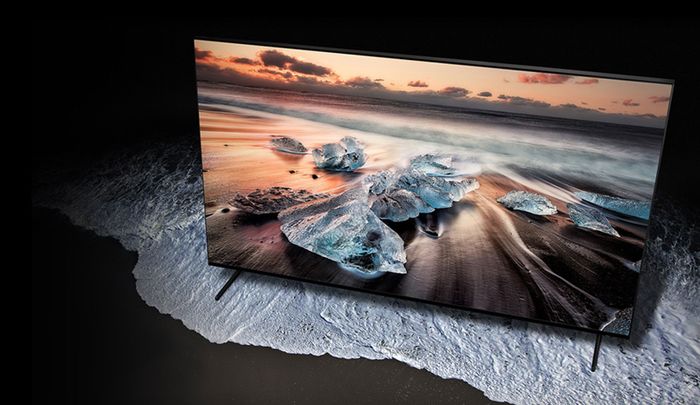Best TV For Gaming

As gaming consoles evolve and improve, the quest for the best TV for gaming continues. Contrary to popular belief, LED may not be the best choice for top performance. Exploring the pros and cons of current TV technologies may help to shed some light on the subject.
Plasma
Being the oldest TV technology, plasma does surprisingly well with all major gaming consoles and, thanks to its fast pixel response, there is virtually no motion blur or screen lag. Plasmas have impressive black levels, decent color saturation, and angled viewing is never a problem as there is zero fade-out. Although screen burn-in has been a concern in the past, current models have pixel-shifting technology that helps avoid the issue and most Blu-ray players and game consoles now have screen savers that will also help avoid any screen burn issues. Plasma TVs are also available in larger screen sizes, tend to be reasonably priced and, surprisingly, have the longest panel life compared with other TVs (over 100,000 hours) These screens, however, do tend to be thicker, use more electricity, and are not as bright as LED and OLED. Unfortunately plasma televisions, although impressive, are on the decline as newer technology arrives to take its place, yet they are still one of the best choices for gamers.
LCD
Most LCD TVs have been phased out for the more popular LED technology, especially in larger screen sizes, but smaller panels are still widely available. Because this style of TV uses CCFL backlighting, the screen is not as bright as newer technologies and the refresh rate is noticeably slower. The result is motion blur and pixel lag on quickly moving objects on the display. Due to the backlit nature of the screen, contrast performance is fairly bad and a true pitch black is never achieved. Screen fade from angle viewing is fairly common on LCD TVs and most viewers will find that sitting directly in front of the TV will provide the best performance. Of the available screen options, this choice is not ideal for gaming.
LED
LED TVs have caused some confusion since they arrived on the market several years ago. Many individuals mistakenly believe the screen itself is composed of LED lights. Instead, these newer TVS use a traditional LCD screen that is lit from behind using LEDs instead of CCFL light. One of the benefits of using LED backlighting is a brighter, more vivid picture with a much thinner profile. The LEDs also use less electricity so they are a greener choice. Pixel response and contrast are still comparatively poor because it’s still using an LCD screen. There are some high-end models that claim a faster pixel response time (120hz, 240hz) to help with motion blur, but even the fastest screens don’t come close to plasma or OLED. Luckily, prices for LED TVs have dropped significantly and larger screens are available at very reasonable prices. Larger, bright screens make this a popular choice for gamers despite its shortcomings.
4K
4K Ultra HD TVs are a great option for gamers who are looking for larger, higher-resolution panels. With 4 times the resolution of 1080p, users can sit very close to the screen without any loss of resolution. When seated farther back, however, most people cannot see much difference between 4K and regular 1080p. Because the screens are LED, 4K screens have all the pros and cons of a standard LED TV. Pixel blur and black levels can sometimes be problematic but this high-res TV offers a bright vivid screen that’s very efficient.
OLED
The Organic Light Emitting Diode TV is the latest technology on the market. This new panel absolutely crushes LCD/LED in overall picture quality. Viewing angles are much better, pixel response is the best in the industry (no more motion blur), color is best-in-show and black levels are better than any other technology. In addition to all these benefits, OLED takes first place in size, weight and power consumption. Although this TV seems like the clear winner, there are a few downsides. Currently, OLED TVs are expensive, only available in one size (55”), are susceptible to screen burn in and estimated to have about half the life expectancy of other TVs. For the budget minded, this may not be the best option.
Conclusion
If your goal is to purchase the very best TV for gaming, then an OLED is the clear choice where brightness, black levels, pixel response and efficiency are unmatched. If, however, you want the best TV for gaming but also want a reasonably priced TV that will last several decades and is nearly as good, then you should definitely choose a plasma. It’s the longest lasting technology, has an amazing pixel response, and excellent black levels. It’s not the thinnest panel out there and it will use a bit more electricity, but the prices are fantastic and there are many screen sizes to choose from.